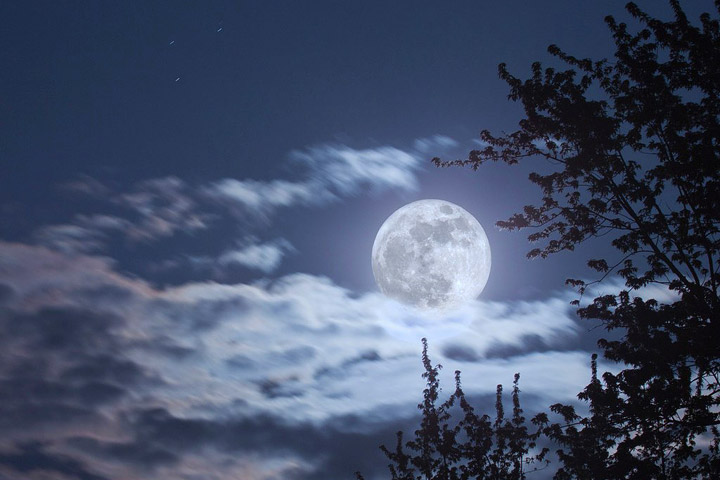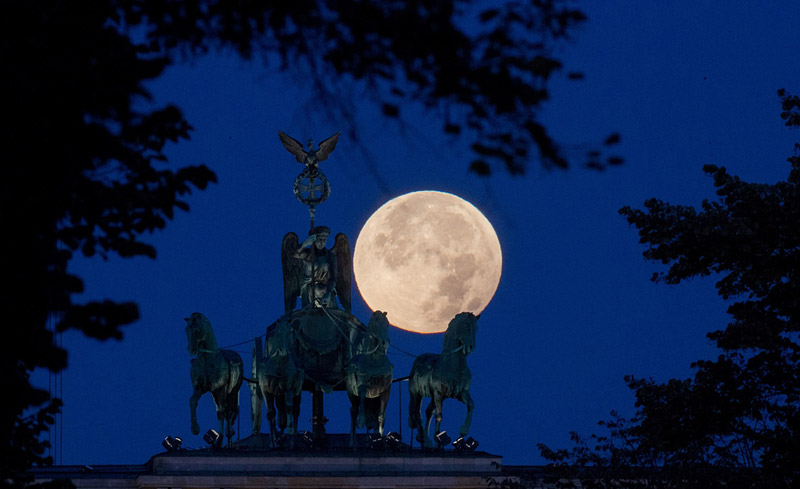
Get ready for the big one on November 14. No, not an earthquake (though you never know), but rather, the largest supermoon in nearly 70 years.
The Earth’s moon is expected to make its closest pass to Earth since 1948, according to NASA. It may be worth staying up late for, as it won’t come this close again until 2034.
Sadly, unlike more marketable moons such as the “blood moon,” or the “harvest moon,” this super-closeup is known as a “beaver” moon, a reference from the Old Farmer’s Almanac, according to USA Today, as colonists and Native American tribes of long ago would set beaver traps in the month before rivers froze over.
But if you want to get technical, scientifically speaking this moon is also known as a “syzygy.” NASA writes that a syzygy is not only useful in Scrabble but also,
…is the scientific name for when the Earth, sun, and moon line up as the moon orbits Earth. When perigee-syzygy of the Earth-moon-sun system occurs and the moon is on the opposite side of the Earth from the sun, we get a perigee moon or more commonly, a supermoon!
When a syzygy happens, the moon can appear up to 14 percent larger and 30 percent brighter. It can also increase the pull on the ocean’s tides but only by a little so no need to worry.
Oddly, this supermoon will happen in the early moon, at 8:52 a.m. EST, meaning that you won’t see it at its peak due to the brightness of the sun. That said, it should still appear big and bright during the wee hours.
Can’t see this one? Fear not. This fall is looking to be full of supermoons. The next is on December 14. However, the December supermoon will make the Geminid meteor shower difficult to see due to the brightness, but hey, we’ll take what we can get with astronomical events.




Leave a Reply